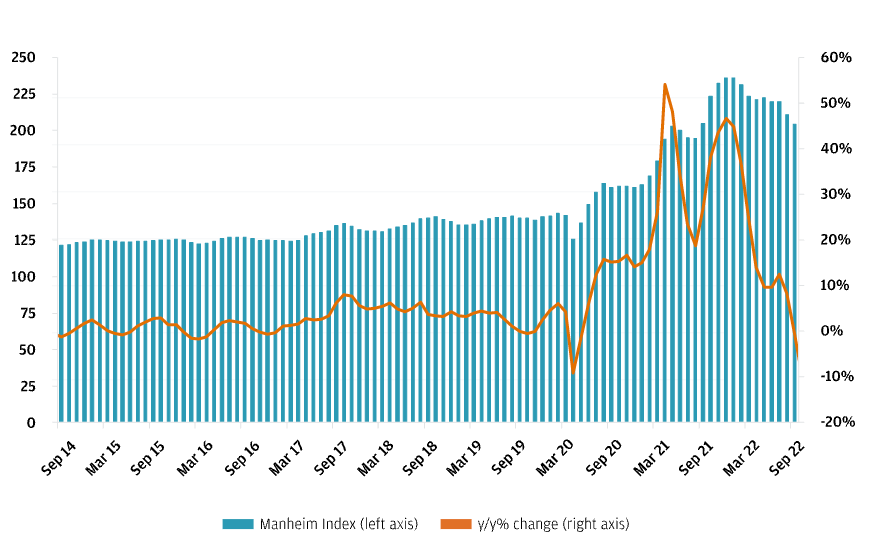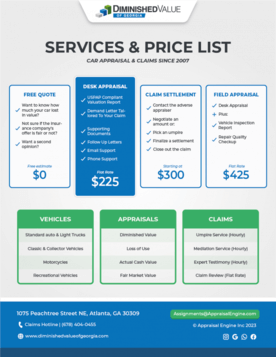How Long Will Car Prices Remain High? (PDF)
Auto prices are on the rise, as they are for many other consumer goods. The average price paid for a new vehicle in the U.S. increased 6.3% year-over-year in September 2022, combined with soaring gasoline prices and rising interest rates, this is making car ownership less affordable and impacting auto sales.
Why Are Car Prices So High Right Now?
Prices for new cars are rising because of global supply chain issues. A combination of escalating raw material costs, the Russia-Ukraine crisis, and an ongoing chip shortage has created a supply crunch and has led to higher car prices. September was the fourth most expensive month on record for U.S. consumers, who spent an average of $45,622 on new cars.
The average price of raw materials needed to produce a new car reached an all-time high in 2021. This increase was 116% over the previous year. Electric cars have been particularly affected by these rising material costs, as prices for key metals like lithium, nickel, and cobalt — essential components in electric car batteries — have increased too.
The shortage of new cars has driven up the price of used cars. Fewer new vehicles on the road mean there are fewer second-hand cars to trade in, and these commodities can also affect used car prices as well.
How Long Will Car Prices Remain High?
New car prices declined by 1.4% in September, but they’re still at their highest levels in the last 17 years. The reasons behind the price spikes are still inflation and an industry-wide shortage of chips. Eventually, these two factors will cause new car prices to ease up slightly before 2023, but not until then.
Used car prices have been coming down as the market slows and newer vehicles are produced. In some markets like the U.S., the Used Vehicle Value Index, which measures the prices dealerships pay for used cars at auctions, has fallen by 13,45% since January 2022.

The Impact of Inflation On Auto Sales
A deteriorating economic outlook is reducing sales, which in turn affects all aspects of the industry. The declining investor sentiment and rising sticker prices of cars have negatively impacted sales, causing car buyers to reconsider their options.
The auto industry will continue to operate at a low volume and higher price level. Although prices of many commodities have reversed, it’s likely that the road to recovery will be less rapid and linear than originally thought. In 2023 conditions for the auto industry could improve more rapidly and pricing will normalize faster, but there’s also a possibility for an economic downturn in that year.






